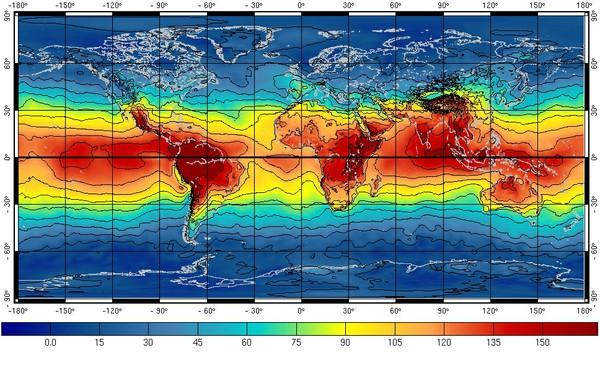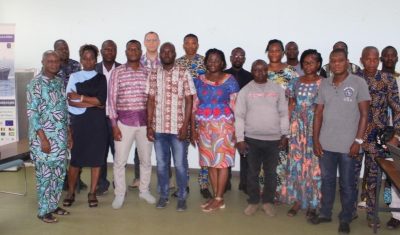SIROCCO develops and makes available a complete system for coastal ocean modelling: ocean models, assimilation tools, pre- and post-processing tools, global and regional atlases, 3D simulations, specified configurations.
The modeling of coastal and shelf seas concerns a wide variety of dynamic processes, which are influenced by the ocean, continent and atmosphere, and strongly impacted by bathymetry structures (continental shelf, slope, canyons). The scales to be taken into account, both in physics and in forcings, range from a hundred meters to several hundred kilometers, from a few minutes to the inter-annual scale, and the determining interaction of these scales between them (under the effect of strongly non-linear dynamics) is one of the distinctive characteristics of the coastal ocean. This modeling must not only realistically reproduce the dynamics of the coastal ocean, but also be able to interface with the modeling of systems for which the coastal ocean constitutes the ambient environment (biology and marine geochemistry, sediment transport) or with which the coastal ocean will interact with its interfaces (atmosphere, waves, coastline, offshore). Consequently, the coastal-compatible hydrodynamic models can not allow some simplifying assumptions common in so-called offshore models (rigid roof, z-coordinate, hydrostatic hypothesis), and constitute numerical objects of greater complexity. This complexity will continue to increase with the increase in the resolution of the models and the need to couple the different environment mentioned above.
The mission of SIROCCO (Simulations Réalistes de l’OCéan COtier) is to propose numerical tools and products that resolve the issues of coastal seas. More specifically, the SIROCCO service provides the community with several codes and tools developed within the POC (Pôle Océan et Couplage), by researchers and engineers of LEGOS: ocean models (T-UGOm, SYMPHONIE), data assimilation tools (S -DAP, SpEnOI), grid generation and visualization tools (Xscan, POCVIP), as well as pre-processing and analysis tools (ArM, Tidal ToolBox COMODO) and a generic coupling platform with biogeochemical and transport modules sedimentary, compatible with the products of operational oceanography (BLOOM). Several products from these numerical tools are also developed and made available, including fields derived from 3D simulations on regions of interest (for example: simulations of the dispersion of radioactive elements during the Fukushima nuclear accident on demand of IAEA, the FES tide atlases that are used in the operational processing of satellite altimetry missions data).
SIROCCO is an national service of the Research Infrastructure ILICO
A digital twin of the Nokoué Lagoon to anticipate floodings and pollutions
Located in Benin, West Africa, Nokoué Lagoon is a vast shallow water body (~150 km²), fed by saltwater from the Atlantic Ocean and freshwater from the Ouémé and Sô watersheds (Figure 2). In addition to its natural variability, the lagoon is subjected to considerable anthropogenic pressure, primarily due to pollutant discharges from lakeside villages lacking […]
Second ILICO Integration workshop on marine heat waves
Since 2022, a succession of marine heat waves have been observed along the metropolitan french coasts. These have had devastating consequences for marine ecosystems (species distribution, mass migrations, high mortality) and major socio-economic repercussions (fishing, aquaculture, tourism). The Integration group, formed in 2023 and made up of researchers, lecturers/researchers and managers, brings together different areas […]
PhD defence announcement
The PhD defence of Adrien Garinet (LEGOS) will take place on Tuesday, December 10th at 9:30 am (UTC+1)* in Coriolis room, Observatoire Midi-Pyrénées, where he will be presenting his work : “Evidence and reduction of spurious numerical mixing in a numerical model including internal tides : a case study on the South-East Asian seas”. Figure […]




